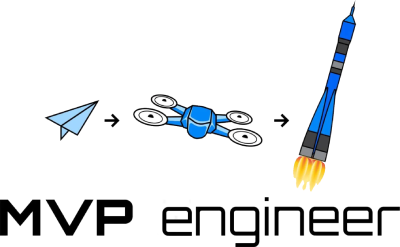
With a functional app, you want to test before putting out to early adopters. Early adopters are going to be your biggest fans, so you want to get the experience as close to right as you can before launch. This is where usability testing comes in. Running a series of interviews with potential customers who haven't seen the app before is best.
Interviewer attitude and framing the experience properly is key. The interviewer is here to learn from the user. The user should be given freedom to do what they think is best, and they're never wrong. They are doing what's natural, and even if you think it's unintuitive, it's what they think is intuitive. To this end, the interviewer should give broad prompts for goals. Give goals and not tasks or explicit instructions. Things like "book a nice dinner for friday" or "find an italian restaurant for a date". Don't say "click restaurants and do a search nearby for italian". If you're prescriptive, you won't see real user behavior, rather you'll see the quality of your instructions. You have to let the user make mistakes in the app, that's exactly what you're trying to learn, where is it confusing, distracting, or lacking. You should be encouraging, and allow them to explain their thought process. Open ended questions and prompts like "tell me more", "how would you do that", "where would you expect to make a reservation starting navigation from this page", "what do you want to do next to accomplish the goal". By allowing the user to do what they find natural, you'll have a better understanding of how the app will be perceived in the wild.
After conducting a few of these interviews as resources and time allows, there will be significant feedback to compile. You want to make the user flow as straightforward as possible. Hopefully, the interviews exposed a few places where there was friction or confusion for the user. Address these to make the main user journeys smooth. The users may have also recommended features they wanted. Focus on the core demographic when adding more. Be sure you are not adding too much, and trying to please everyone. Make sure it's a core need of the demographic you're serving, and not just a nice to have. Stay true to your vision, but incorporate the new information to make it easier for new future users. Iterate quickly through the feedback, and then launch to a broader set of users. You can run future rounds of testing in less intensive ways with recorded screen sessions, analytics on behavior, or post app usage surveys.
Usability testing is an important phase in MVP development. Keeping things focused on the user and their natural inclinations is key. Compiling the data and focusing on the core demographic to extend new features is important as well. Reach out if you're looking for help conducting interviews to modify your MVP and beta versions.

